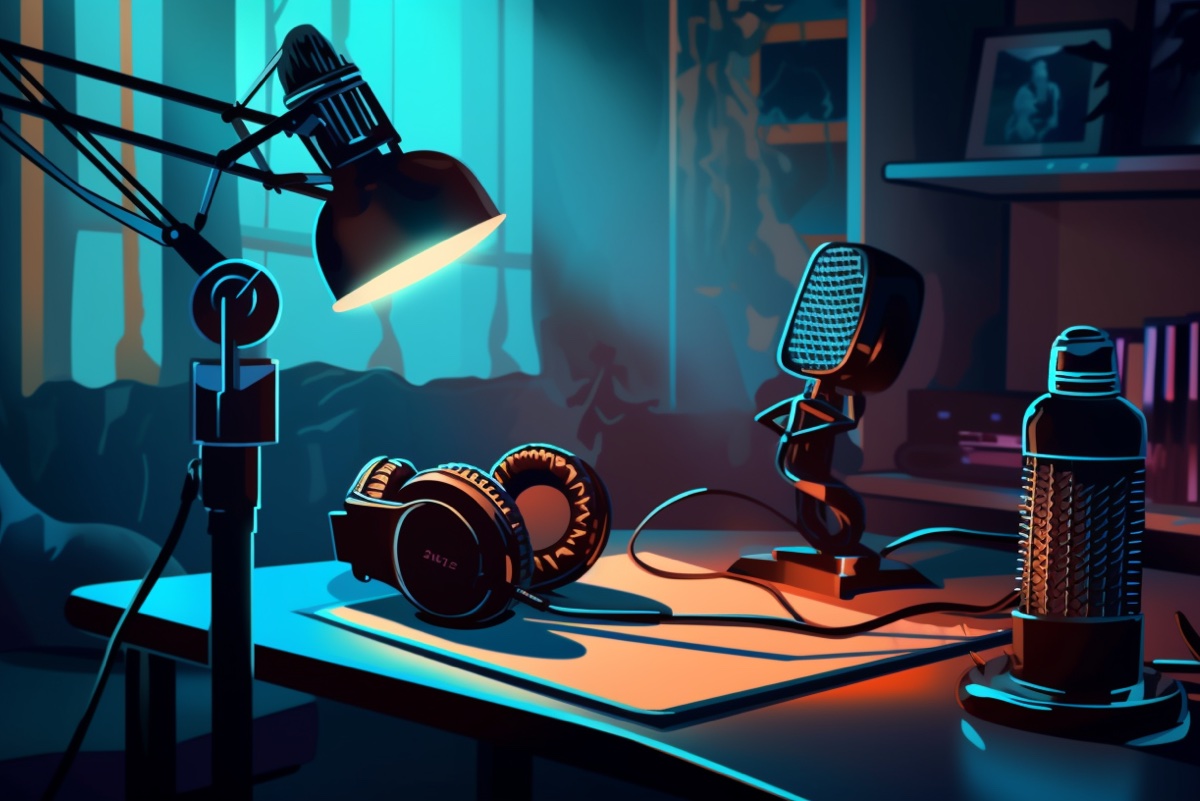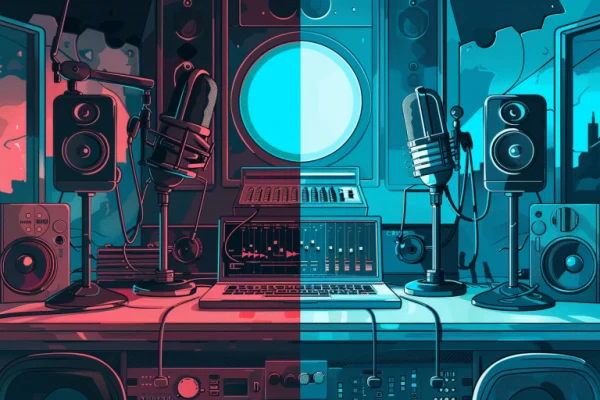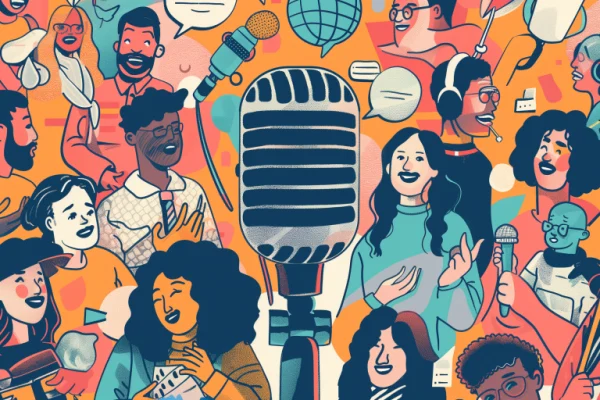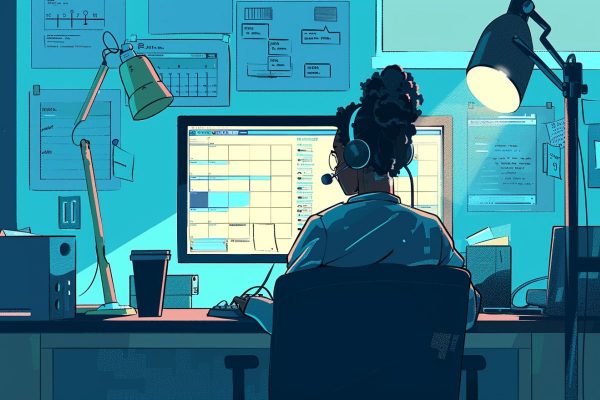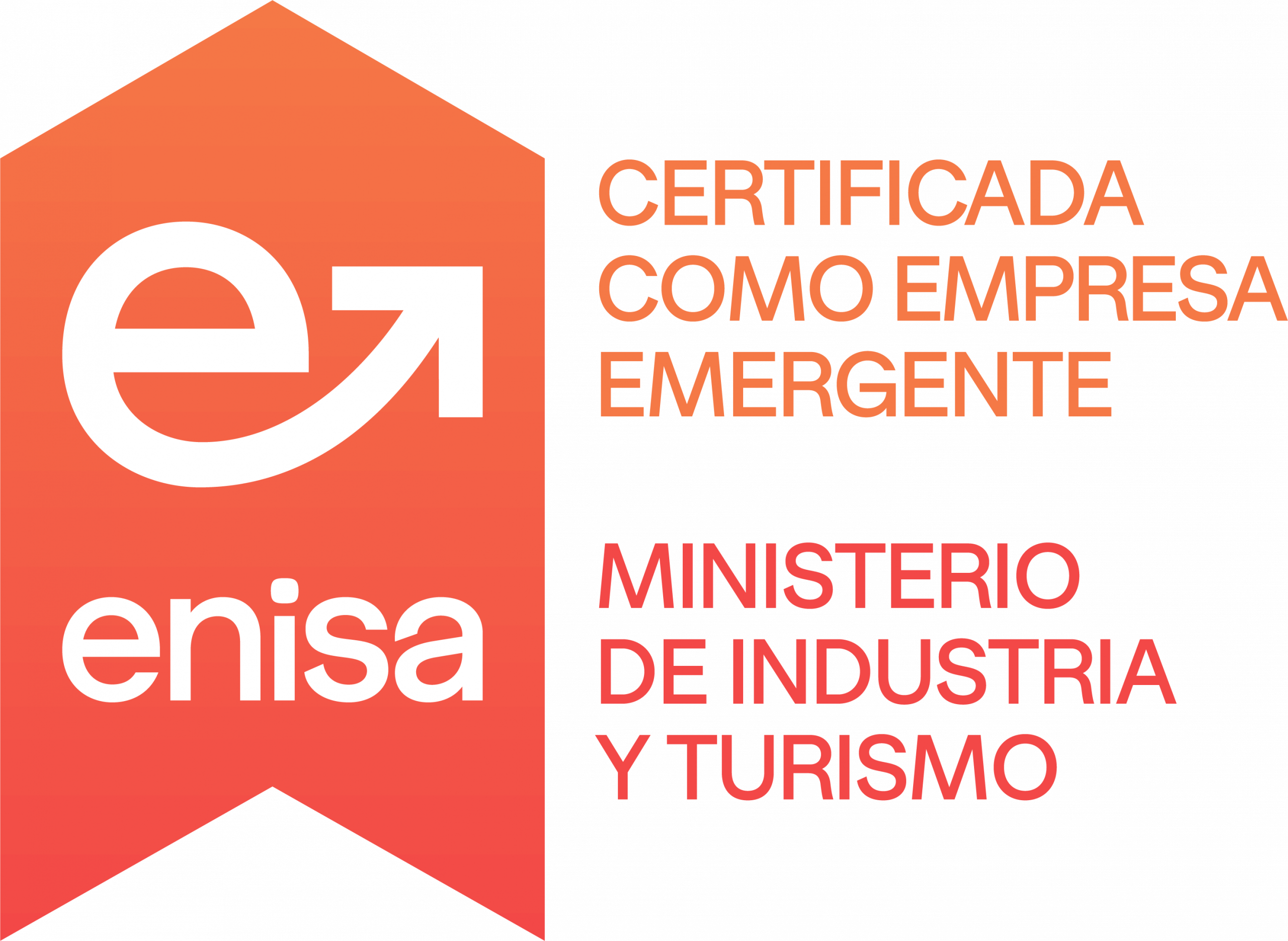Creating content comes at a high cost. It requires time, resources, tools, and knowledge—it’s undeniable.
Even so, the podcast production costs are lower than those of many other types of content. For example, one minute of video is much more expensive than one minute of audio.
This lower barrier to entry is what explains the exponential growth of podcasting in recent years. 2020 was the year of podcasting—Emilcar said it—and now it’s an unstoppable and growing industry.
But just because the barrier to entry is lower doesn’t mean producing a podcast is free of costs.
The costs of producing a podcast can be broken down into three main categories:
- Production cost: This includes the people involved (their time and expertise) and the equipment needed for recording and editing.
- Hosting cost: The money required to pay for the servers that will host and deliver your audio files.
- Promotion cost: The time and budget you invest in getting your podcast in front of an audience.
Do podcasts cost money?
The answer to this question is yes—producing a podcast does cost money. But let’s dive into the details of what it actually costs to produce, host, and promote a podcast—there’s a lot to unpack here.
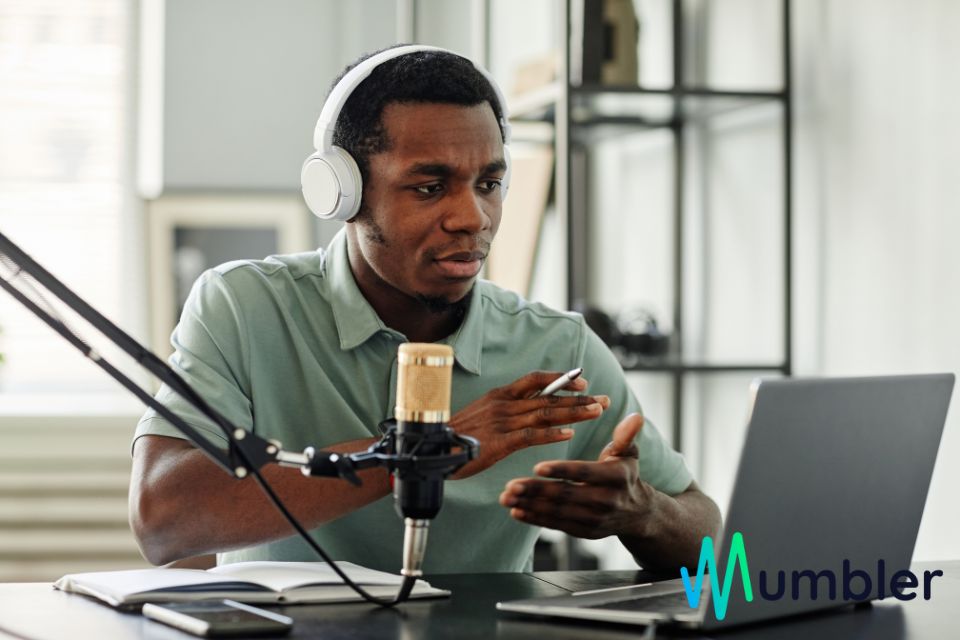
Podcast production costs
Producing a podcast involves people (and yes, time is money) and equipment.
People
There are four key stages in podcast production where “people hours” are needed—whether that’s you or someone you hire to do the work:
- Pre-production: Research, writing scripts or outlines, managing guests, selecting music, etc.
- Production: The actual recording of the podcast.
- Post-production: Editing the audio and/or video.
- Promotion: Sending post-episode newsletters, publishing on social media, emailing guests, etc.
It’s only when you start producing a podcast that you realize how much time it really takes. What listeners hear in an episode is just the tip of the iceberg—there are many hours of work behind the scenes.
Technical equipment
There are also some essential gear costs if you want to record your podcast with decent quality:
- USB microphone: Dynamic USB mics like the Audio-Technica ATR2500 or the Samson Q2U are great options. They deliver excellent sound quality if you’re recording in a non-echoey space.
- Headphones: There are many options across different price ranges. You can start with your phone’s headphones and upgrade later. From €30, you can get semi-professional models.
- Computer: Needs to have a USB or USB-C port and act as a hub to connect your mic, headphones, and any other equipment.
- Recording software: Plenty of free and paid options exist—Audacity, GarageBand, QuickTime, or online tools like Zencastr.
- Editing software: Again, Audacity, GarageBand, or Hindenburg are popular choices.
- Music and sound effects licenses: Use platforms like Epidemic Sound to legally access music and effects that elevate your podcast without infringing on copyright.
From there, you can expand with more advanced gear like audio interfaces, boom arms, professional microphones, soundproof studios, and so on.
Podcast hosting costs
Hosting is often the forgotten piece when thinking about podcast production costs. Why? Because there are free hosting platforms like Anchor or iVoox.
Just like you can find free hosting for websites, you can find it for podcasts too. But before you jump on a free hosting solution, consider the following:
- They often have limits on downloads or audio quality.
- Features are basic, because no one is earning money from the free plan—don’t expect all your dream tools.
- You have no real rights or support if you’re not paying. If the service disappears one day, you can’t complain.
That’s why we always recommend opting for a paid hosting platform, such as Mumbler.io.
Promoting a podcast
Getting listeners for your podcast isn’t easy. If you already have one, you know this very well.
We’re living in the age of entertainment. There are tons of people consuming content—which is great—but the amount of content available keeps growing. That makes it harder and harder to be “the chosen one.”
Right now, there are around 2,500,000 podcasts on Apple Podcasts, and of those nearly 3 million, about half were created in the last year. If you do the math, you’ll see we’re on track to double that number soon.
And we’re not just competing with other podcasts—we’re also going up against all kinds of other content: movies, video games, streaming platforms, series, radio, TV… all fighting for the same thing—people’s attention.
In this context, standing out and attracting listeners is tough.
Podcast directories like Spotify, iVoox, Apple Podcasts, Google Podcasts, Pocket Casts, and others haven’t exactly helped improve podcast discoverability. So it’s genuinely difficult for someone to stumble across your podcast in those platforms.
That means you’ll need to invest time and money into marketing strategies to help boost your visibility.
We’ll be publishing a new article soon that dives deeper into this topic, but for now, you should start setting aside time and budget to invest in promoting your podcast. You’re going to need it.
Final thoughts
So, this is the reality of podcast productions costs. It takes an investment of money, time, and resources—just like any other type of content.
While it’s true that podcasting is often more affordable than video production, it still comes with hosting, promotion, and production costs.
The amazing thing about podcasting is that with relatively little investment, you can achieve a very high level of quality.
A great example of this is the independent podcasters you’ll find on Mumbler. These are small (and not-so-small) productions offering incredibly high-quality content—and many of them are already earning money from their podcasts.
If you also want to become independent and make a living from your podcast, Mumbler gives you the tools to make it happen.
And if you’d like to share your journey as a creator, feel free to join our community of content entrepreneurs at Mumbler.
All the best!
About the author
Mumbler CEO & Cofounder. Slow content creator: newsletters, podcasts and videos.
